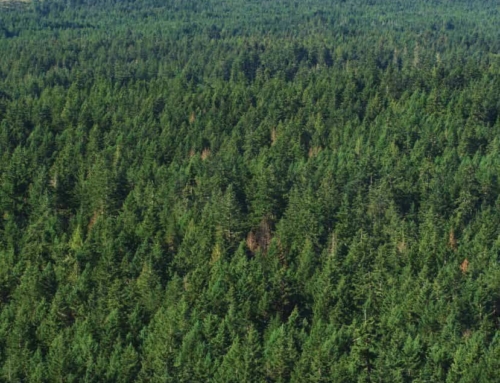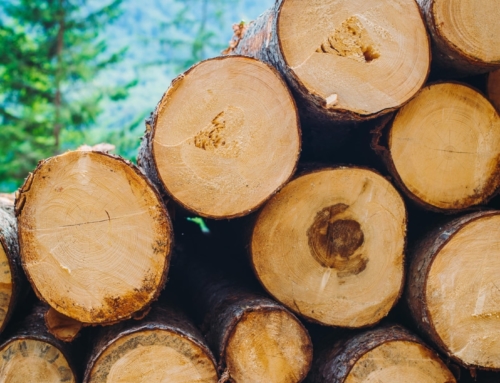The Teal Jones Group has halted half its logging on Vancouver Island blaming “excessive” timber fees that make second-growth unprofitable.
The Surrey-headquartered forestry firm Teal Jones Group has halted about half the logging in its operations on Vancouver Island blaming “excessive” cutting-rights fees that make second-growth timber unprofitable.
Those fees, referred to as stumpage rates, are set by the province based on the market value of logs, and a company executive said the premiums being paid on logs for export have made second-growth trees too expensive.
In response, Teal Jones has halted the harvest of second-growth timber from its Tree Farm 46 tenure on the west coast of the Island, which represents about half of its annual allowable cut there affecting employment for half of the 80 contractors employed in the operations. That will spill over into additional downtime at Teal Jones’s sawmill operations at Port Kells on the Fraser River in Surrey, said Gerrie Kotze, the company’s vice-president and CFO. The sawmill employs between 300 and 400 people.
“The stumpage rate is a very complicated calculation, but it is ultimately driven by market export premiums and speculative bidding,” said Kotze.
“And of course the export price for logs would be far higher than the domestic price,” he added, so “from our perspective, we are bearing the brunt of those stumpage rates.”
B.C. Forest Minister Doug Donaldson said in an emailed statement that he sympathizes with the workers and their families, but said stumpage rates have declined in recent months and should continue to do so in response to the collapse of commodity lumber prices.
“When there is a quick market change, like lumber prices falling in the U.S., the stumpage system takes a bit of time to react,” Donaldson said.
Kotze said changes to stumpage calculations under a provincial initiative aimed at revitalizing coastal forestry should help, but those don’t take effect until 2020 and he doesn’t expect to resume that harvest until then.
In the meantime, the poor market dynamics for second-growth timber has the potential to increase tensions over old-growth logging on the Island.
Kotze said the company will continue cutting the old-growth trees that are part of its timber allocation in TFL 46 because the grades of lumber they can get from such logs remain profitable.
In March, the Sierra Club of B.C., Ancient Forest Alliance and the Wilderness Committee called on the province to stop issuing cutting permits in remaining intact old-growth forests.
Generally, the market conditions don’t make things easier for logging contractors who were already struggling, said David Elstone, executive director of the Truck Loggers Association.
“Everyone is taking downtime,” said Elstone, whose association represents the logging contractors affected. “The (lumber) markets are tough and stumpage, right now, is unfortunately high.”
However, Elstone said lumber prices a year ago were double what they are now, which gave lumber producers more of a financial cushion than logging contractors.
“Logging rates weren’t double,” Elstone said. “We’re a service-provider. We don’t ride the upside (of high lumber prices), and we suffer the downside.”










Get Social